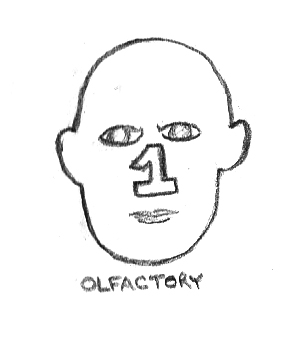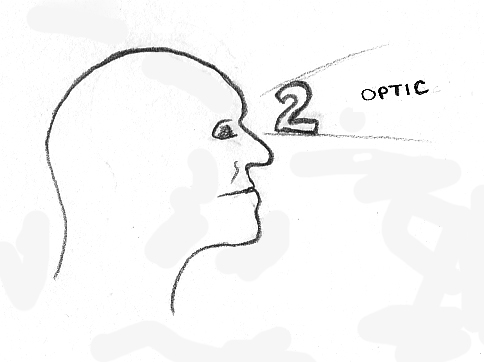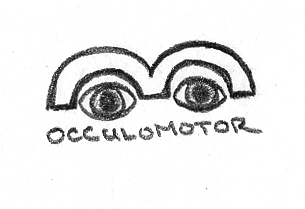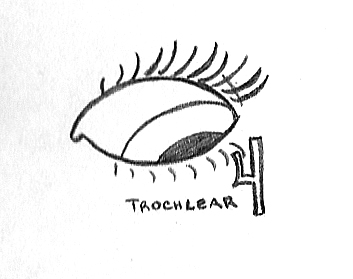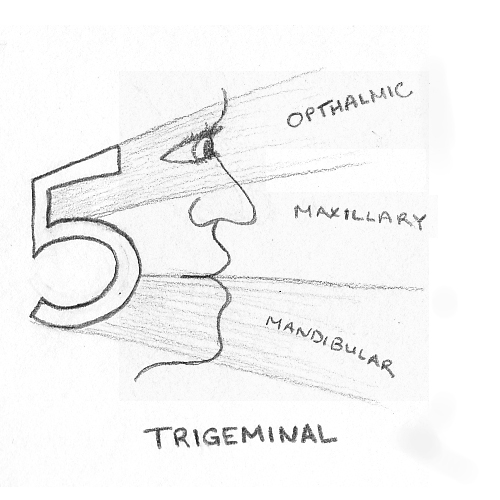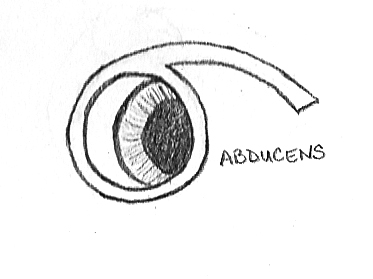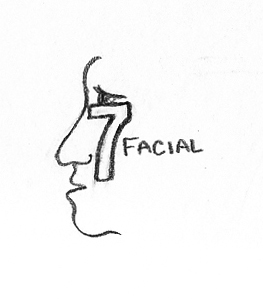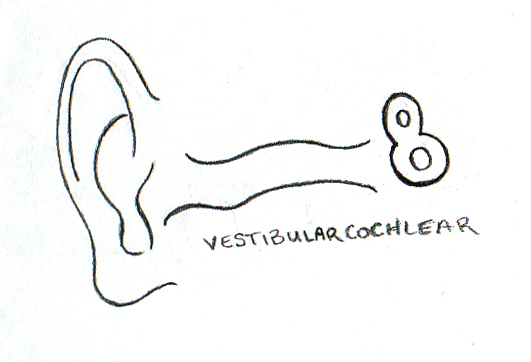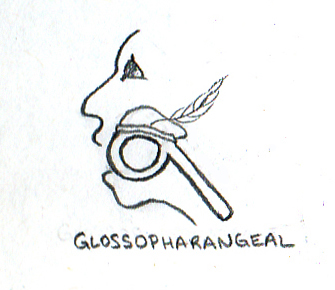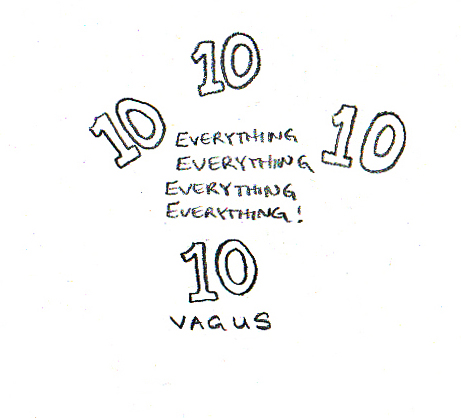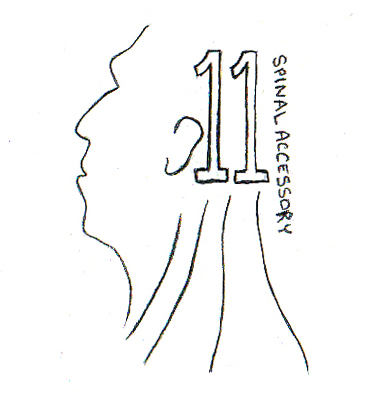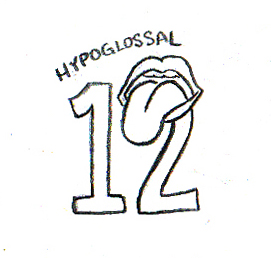Cranial Nerves
Lately I’ve been playing around a little with the idea of mnemonic imagery. Here are some little sketches laying out the 12 cranial nerves…
The first cranial nerve is the olfactory nerve. It’s easy to remember. We have one nose. It’s the first feature on a face. The olfactory bulb sits right over the cribiform plate where olfactory nerve branches reach down into the top of the nose to pick up scent molecules. It’s fibers are classified as SVA (special visceral afferent.)
CNII is the optic nerve. It is responsible solely for vision and literally plugs right in to the back of our eyeballs. Some object to it’s classification as a nerve at all because it never actually leaves the brain case. It’s fibers are purely SSA (special somatic afferent).
CNIII is the occulomotor nerve. It is responsible for most of the muscles of eye movement, as well as the special eye muscles for pupil dilation and accommodation. It has both GVE (general visceral efferent) and GSE (general somatic efferent) fibers.
CNIV is a tiny little nerve called the trochlear nerve. It innervates only one tiny muscle, the superior oblique muscle of the eye. This is the muscle that allows the eye to look down and laterally. I like to think of it as a hunter subtly looking down and to the side as their prey gets closer, waiting to get it with their weapon which in my mind is shaped like a four. But that’s just my own little mnemonic. The trochlear nerve carries GSE (general somatic efferent) fibers.
CNV is the trigeminal nerve, and it’s a doozy. It handles most facial sensation, innervates the muscles of mastication, and a few other muscles as well around the mandibular area. It has three primary branches, the opthalmic, the maxillary, and the mandibular. Last spring I had some trouble with my own opthalmic branch of the trigeminal nerve, so I feel like I know this one better than most. The branches come off from the trigeminal ganglion which sits pretty centrally to the head along the dura, just lateral to the area known as the sella turcica. It’s fibers are primarily GSA (general somatic afferent), but there is also some SVE (special visceral efferent) in there as well.
CNVI is called abducens and like the trochlear it is a tiny little nerve that affects only one muscle of the eye. It innervates the lateral rectus muscle which allows the eye to look laterally, which could also be described as abducting the eye (hence the name abducens). It’s fibers are GSE.
The facial nerve is another big one. It leaves the brain case via the internal auditory meatus and then branches to it’s various tasks. It is responsible for innervating all of the muscles of facial expression. It also sends signals to the nasal, lacrimal, lingual and submandibular glands. And it also receives taste sensation from the anterior two thirds of the tongue. It carries SVE (special visceral efferent), GVE (general visceral efferent), SVA (special visceral afferent), GSA (general sensory afferent) fibers. It’s a busy nerve.
CNIIX is the vestibulocochlear nerve. It and the optic nerve are the only two nerves that carry SSA fibers. It travels along side the facial nerve into the internal auditory meatus. The vestibulocochlear nerve is the nerve responsible for hearing and balance.
Glossopharangeal is the ninth cranial nerve. My anatomy teacher calls it the renaissance nerve because it does a little bit of everything (hence the hat). It carries GVE, SVE, GSA, GVA, and SVA fibers. It is responsible for your gag reflex, taste sensation from the posterior third of the tongue, regular somatic sensation in a few places, and parasympathetic innervation of the parotid gland, and it innervates the carotid body and carotid sinus.
It is impossible for me to think about the vagus nerve without getting that Violent Femmes song stuck in my head with the words “ten, ten, ten, ten, everything, everything, everything, everything!” The vagus nerve is the tenth cranial nerve and it really goes all over the place. It’s giving parasympathetic and sensory innervation to most organs, and also manages to do some things around the mouth and throat. It carries GVE, SVE, GSA, SSA, GVA, and SVA fibers.
CNXI is the spinal accessory nerve. It gets it’s name from it’s teamwork with some cervical nerves. It also has a bit of teamwork with the vagus nerve, but mostly it’s there to innervate two muscles, the trapezius and the sternocleidomastoid. It carries GSE fibers.
And lastly the hypoglossal nerve which is all about innervating the tongue. Except for palatoglossus, all the tongue muscles are innervated by this nerve. It’s fibers are purely GSE.
